Solar Incentives
Texas Solar Tax Credits, Incentives and Rebates in 2025
Curious about solar incentives in Texas? Let our local expertise guide you to maximize your savings and solar financial benefits.
Guide To Texas Solar Incentives 2025
State-by-state variations exist in these benefits, including differences in qualifying requirements, amounts of financial assistance, and legal restrictions. To optimize financial gains, individuals thinking about installing solar panels must learn about and comprehend the state-specific subsidies and incentives.
Notably, Texas leads in solar energy production, contributing 13.8% nationally. Financial perks like tax exemptions and utility rebates make solar adoption practical for residents.
Here’s what you need to know about going solar in Texas:

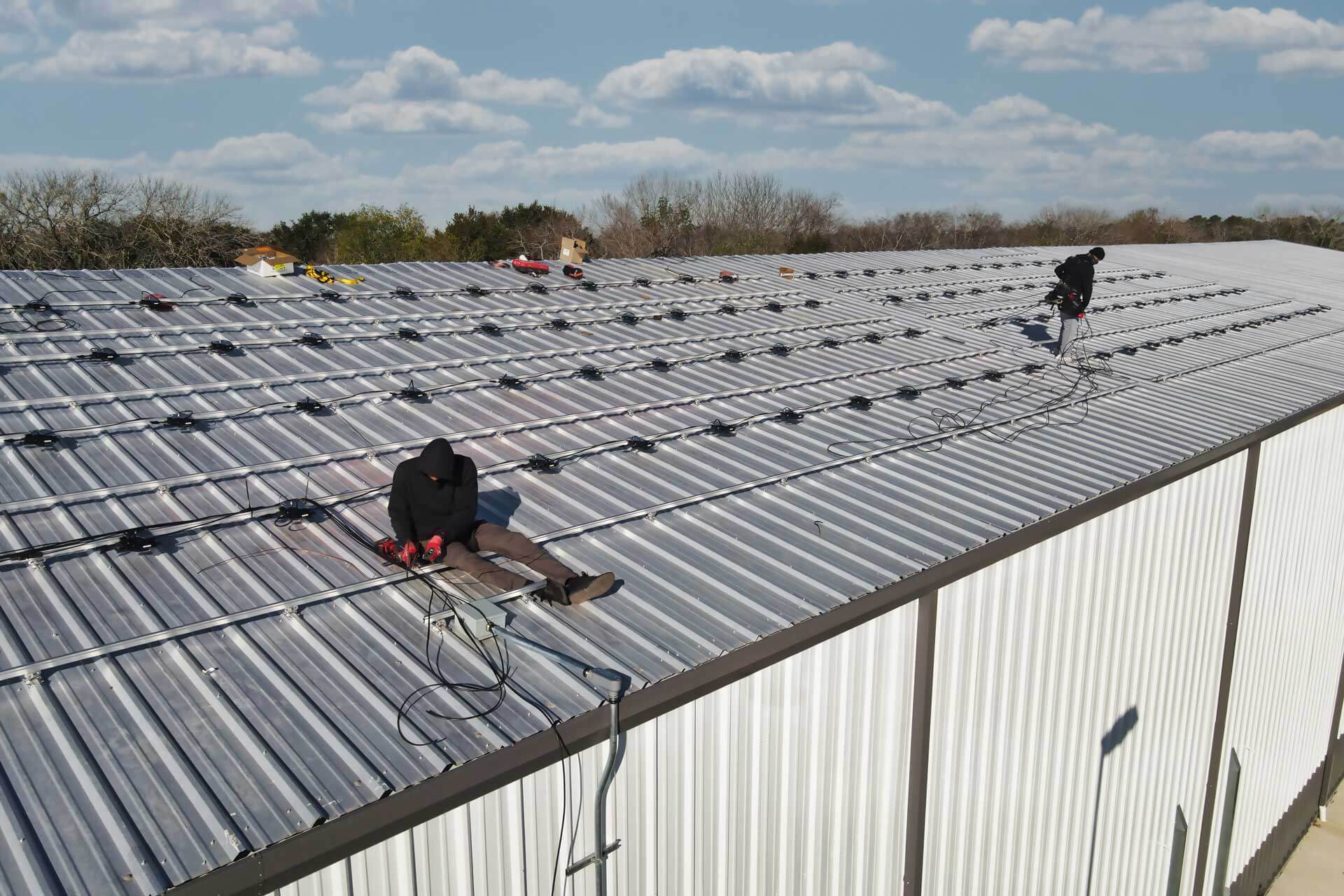
Federal Solar Investment Tax Credits
The Federal Solar Investment Tax Credit (ITC), also known as the Residential Clean Energy Credit, plays a pivotal role in encouraging Texas homeowners to integrate solar into their homes. Eligible taxpayers can claim a 30% credit on their income tax return for qualified solar energy systems, covering expenses like materials, labor, and installation.
The Federal Solar Tax Credit has seen an increase from 22% to 30% for systems installed between 2022 and 2032. However, the credit is set to decrease to 26% in 2033, then to 22% in 2034, and eventually phase out entirely in 2035. Keep in mind that this credit applies only to the initial purchase.
However, the House passed the One Big Beautiful Bill in May 2025, which could end the 30% ITC early, terminating the credit 180 days after enactment.
Texas Solar Rebates and Tax Credits
While Texas lacks a statewide solar tax credit or rebate program, various utilities and local governments within the state provide incentives for homeowners interested in adopting solar energy. These programs are typically administered by different electric companies, and eligibility criteria may vary. It’s important to note that these incentives are often available exclusively through approved contractors.
For instance, residents in Austin can benefit from Austin Energy incentives, including a $2,500 rebate and the Value of Solar Tariff, which pays $0.097 for each kilowatt-hour (kWh) generated by your solar panels. CPS Energy customers may receive $2,500 for installing solar panels, with an additional $500 for choosing locally sourced panels. Other areas, such as the Guadalupe Valley Electric Cooperative and the City of Sunset Valley, also offer rebates for eligible homeowners.
Moreover, additional solar incentives may be specific to your city, county, or power company. Our team at Solstice Solar is here to provide detailed explanations of the benefits you can leverage and guide you on how to claim these incentives.
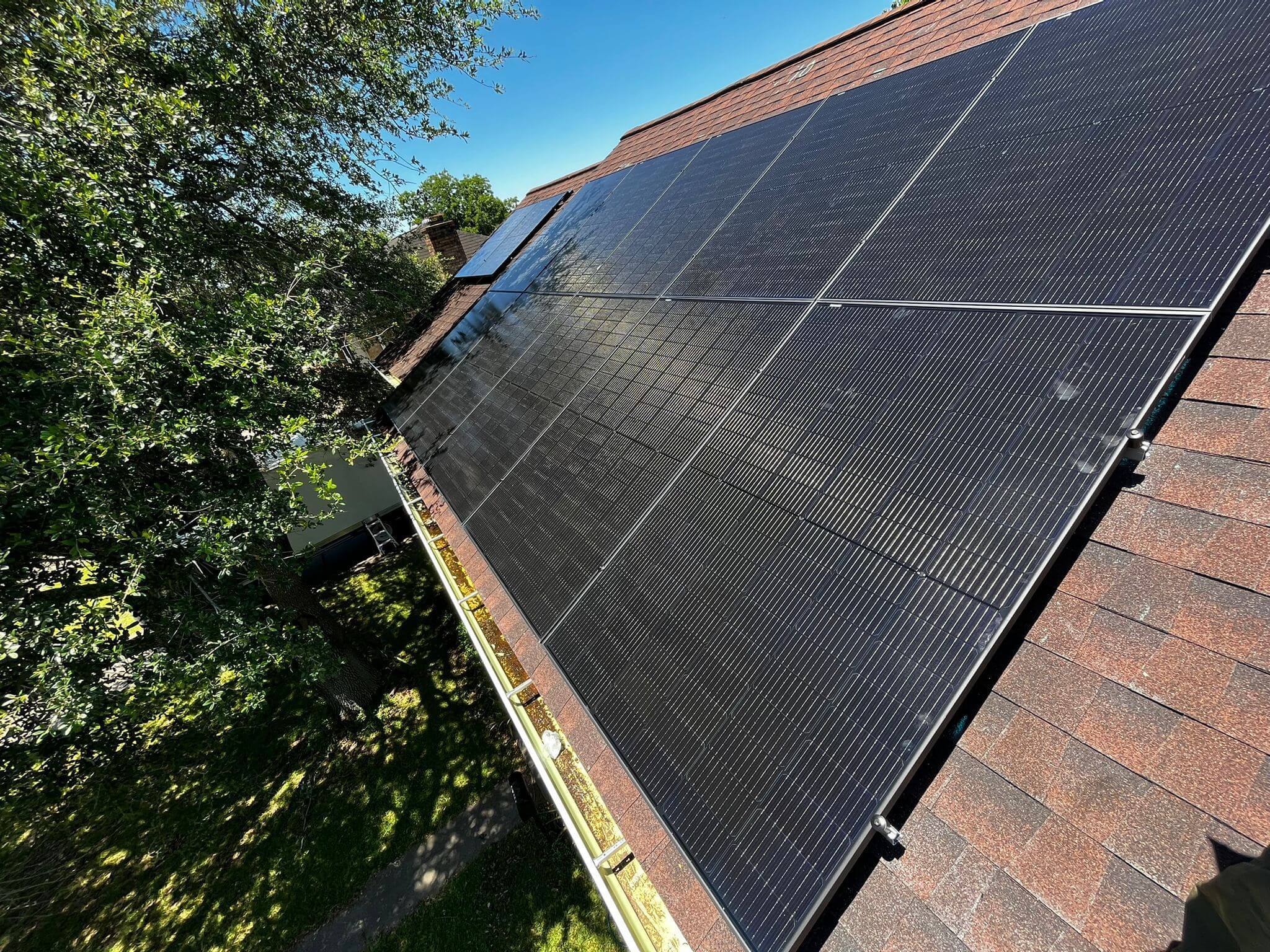
Texas Solar Rebates and Tax Credits
While Texas lacks a statewide solar tax credit or rebate program, various utilities and local governments within the state provide incentives for homeowners interested in adopting solar energy. These programs are typically administered by different electric companies, and eligibility criteria may vary. It’s important to note that these incentives are often available exclusively through approved contractors.
For instance, residents in Austin can benefit from Austin Energy incentives, including a $2,500 rebate and the Value of Solar Tariff, which pays $0.097 for each kilowatt-hour (kWh) generated by your solar panels. CPS Energy customers may receive $2,500 for installing solar panels, with an additional $500 for choosing locally sourced panels. Other areas, such as the Guadalupe Valley Electric Cooperative and the City of Sunset Valley, also offer rebates for eligible homeowners.
Moreover, additional solar incentives may be specific to your city, county, or power company. Our team at Solstice Solar is here to provide detailed explanations of the benefits you can leverage and guide you on how to claim these incentives.

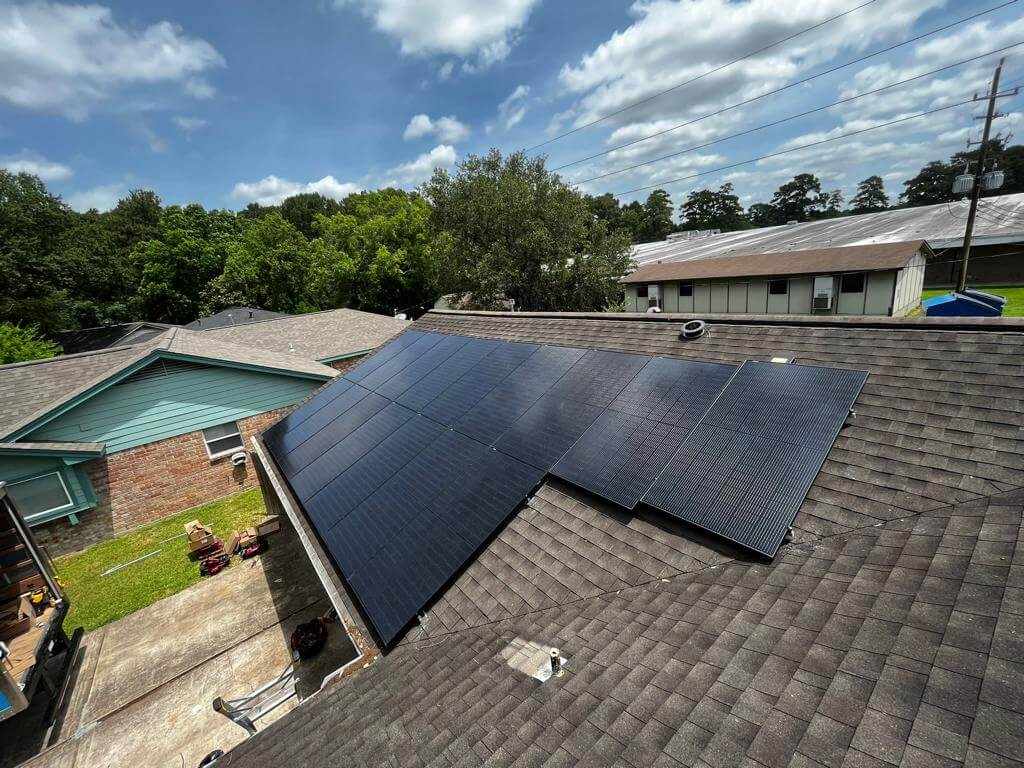
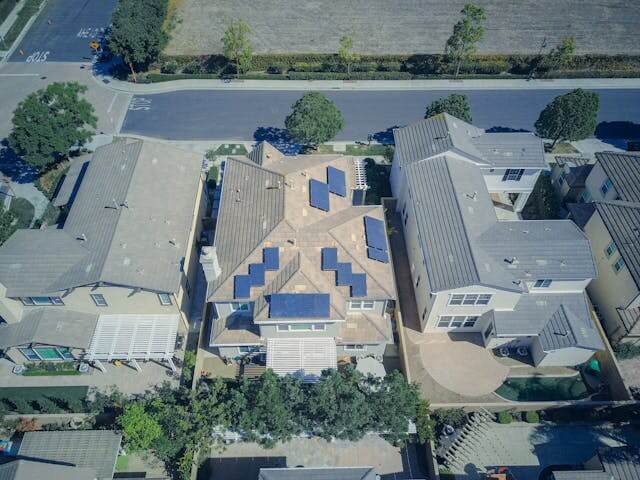
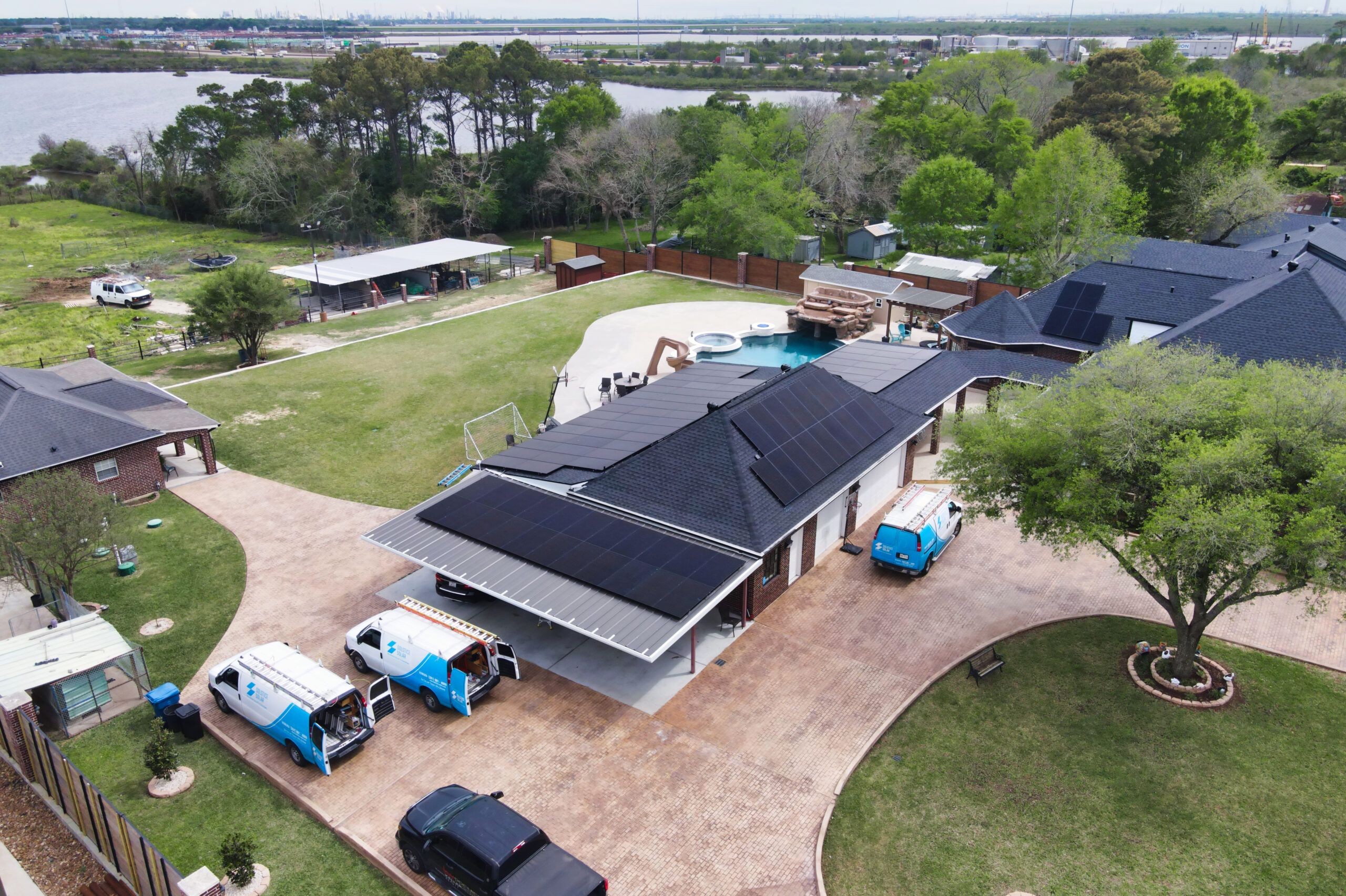
Net Metering Explained
Net metering is a solar buyback program that credits you for surplus energy produced by your solar panels and subsequently fed back into the grid. You can then use those credits towards future energy bills, for example, during periods of low production, such as at night or on cloudy days, you can use these credits instead of purchasing electricity from the utility. While Texas doesn’t have a statewide net metering policy, some utility companies, including El Paso Electric, CPS Energy, and others, credit solar system owners for excess electricity.
To determine if net metering is available to you, it’s advisable to contact your utility provider, as eligibility and program details can vary, or our team at Solstice Solar can provide further guidance on navigating these programs.
Net Metering Explained
Net metering is a solar buyback program that credits you for surplus energy produced by your solar panels and subsequently fed back into the grid. You can then use those credits towards future energy bills, for example, during periods of low production, such as at night or on cloudy days, you can use these credits instead of purchasing electricity from the utility. While Texas doesn’t have a statewide net metering policy, some utility companies, including El Paso Electric, CPS Energy, and others, credit solar system owners for excess electricity.
To determine if net metering is available to you, it’s advisable to contact your utility provider, as eligibility and program details can vary, or our team at Solstice Solar can provide further guidance on navigating these programs.
How Much Can You Save On Solar In Texas?
While Texas currently lacks a statewide local solar tax credit, rebate program, or net metering plan, the combination of federal incentives, local rebates, and tax exemptions makes solar financially viable. The extent to which one can save on solar in Texas varies as it depends on factors like incentive types and individual circumstances. However, Texas homeowners can anticipate a minimum of a 30% tax credit on their solar installation costs through the ITC, provided it is installed before 2032.
Frequently Asked Questions
How does the federal EV charger incentive work?
The federal EV charger incentive provides a tax credit of up to 30% (capped at $1,000) for purchasing and installing eligible electric vehicle chargers at your home.
How do net metering and local incentives differ between regulated and deregulated energy markets in Texas?
Net metering and local incentives in Texas differ between regulated and deregulated energy markets, with regulated markets offering more consistent solar buyback programs and potential for true net metering, while deregulated markets provide more plan variety but less favorable buy back rates.
Does Texas have a tax incentive for solar panels?
Yes, Texas offers solar incentives such as the federal ITC, property tax exemptions, and local utility rebates; check out our comprehensive guide to Texas solar incentives for homeowners.
Is Net Metering Worth It in Texas?
Net metering in Texas allows homeowners to earn credits for excess solar energy, but availability and benefits vary by utility provider, so it’s essential to check with your local utility for specific details.
